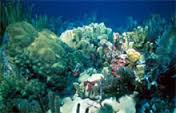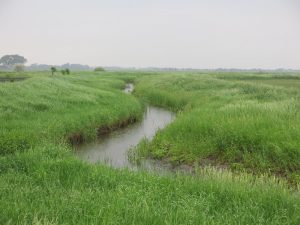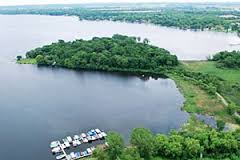
With apologies, I have been away from Clean Water Warrior blogging as our site begins the work of upgrading to the user-friendly, more robust engine that will support CWW’s full-fledged status as a non-profit 501c3. That said, time away from our consistent research of secondary sources and terrific links has unfortunately not been accompanied by a slowing down of the algae blooms that represent a major ecological challenge in all 50 states.
In fact, so long as climate changes bring about warmer temperatures, slower moving water is not assisted with aeration technologies and/or the elimination of dated and unnecessary dams, etc., and there remains excessive nutrient runoff into waterways — largely from unregulated or modestly regulated agriculture operations — blooms will continue to pester and in worst cases destroy thriving lakes and streams.
A nice review of the basics of algae bloom infestations is available by the EPA.



